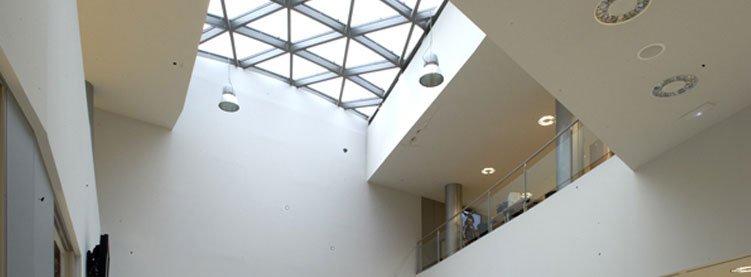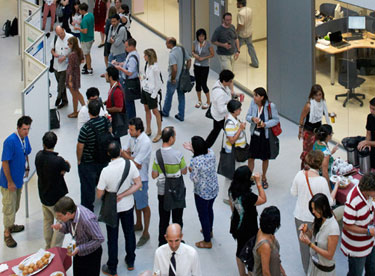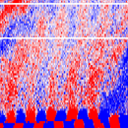
An international team of researchers have studied the mechanism by which surface acoustic waves (SAW) enhance catalytic activity. They were able for the first time to measure the effect of SAW on the electronic structure of a Pt model catalyst and achieved a remarkable precision with the new experimental setup at the CIRCE beamline in the ALBA Synchrotron.
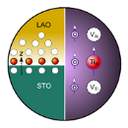
An international team of researchers has discovered that the B-site cation stoichiometry is crucial for the creation and control of the magnetism at the interface between ABO3-perovskite oxides. The findings present a new perspective for the understanding of interfacial magnetism, with potential applications in spin-based energy such as low-energy consumption electronics. Some experiments were performed at the BOREAS beamline in the ALBA Synchrotron.
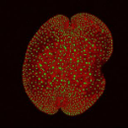
In a new study, researchers from the Netherlands and colleagues in Japan and Spain have found a simple mechanism for control of plant growth. Implementation of these findings can help growers to design new crops with for example resistance against disease, drought or flood. Some of the experiments were performed at the XALOC beamline in the ALBA Synchrotron
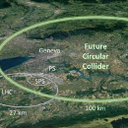
Researchers of the Superconducting Materials and Large Scale Nanostructures (SUMAN) group at the ICMAB, the ALBA Synchrotron, the Universitat Politècnica de Catalunya (UPC) and CERN, study the surface resistance and vortex properties of seven superconducting coated conductors at microwave frequencies, high magnetic fields and low temperatures (mimicking the expected conditions of the Future Circular Collider at CERN) to study how they respond.

They want to analyze the biochemical properties of this biomaterial, and its possible use to absorb and immobilize heavy metals from contaminated water. This is the first time that IRTA (Institute of Agrifood Research and Technology) and the ALBA Synchrotron stablish a scientific collaboration.

